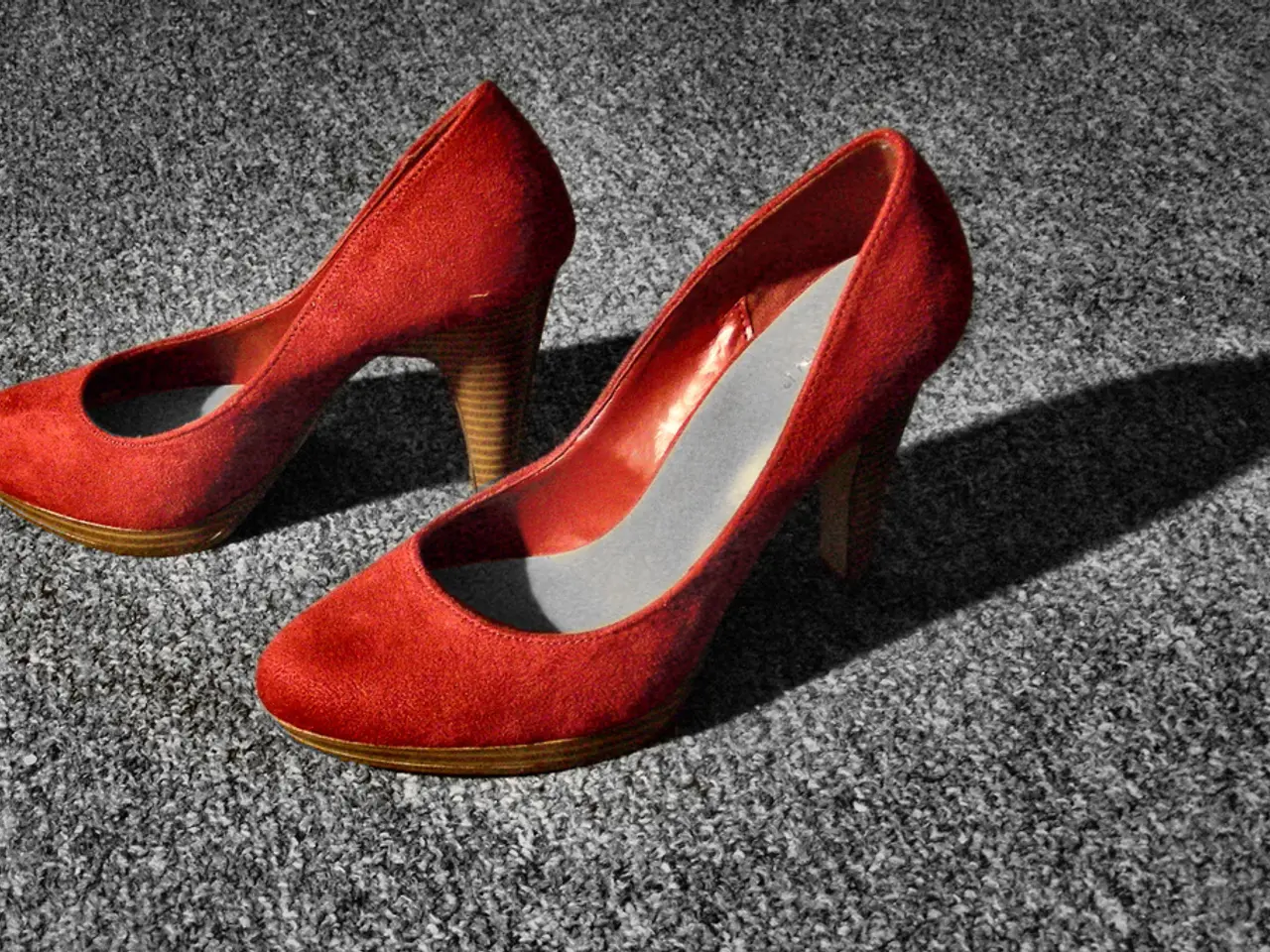Enhancing Self-Perception: An Overview of Body Image and Strategies for Enhancement
In today's society, body image issues are a common concern for many individuals. A 2022 review suggests that online programs for eating disorder prevention could help people reduce body dissatisfaction [1]. Understanding the factors contributing to the development of body image is essential to addressing these issues effectively.
Societal beauty standards, media portrayals, family influence, peer pressure, negative personal experiences, mental health conditions, weight-based stigma and discrimination, physical health factors, and cultural expectations all play a role in shaping one's body image [1][2][5]. By critically evaluating unrealistic body standards, enhancing family support, engaging in psychological interventions, promoting self-compassion and body positivity, reducing internalized stigma, increasing social support, and encouraging healthy lifestyle habits, it is possible to improve body image and combat these contributing factors [1][2].
Trans people may also struggle with body image issues due to a conflict between their body and gender identity [1]. Rejecting beauty ideals, placing less value on appearance, and appreciating one's body can contribute to a positive body image [1].
Exercise can boost a person's confidence, contribute to their mental and physical well-being, and reduce feelings of anxiety and depression [4]. However, negative body image may dissuade people from physical activity or lead them to discontinue current activities [1]. It is important to approach exercise in a balanced and healthy manner, focusing on overall well-being rather than weight loss alone.
Negative body image can also lead to further negative feelings, low mood, or negative eating patterns, such as fat talk or excessive or compulsive exercising [1]. These behaviors can correlate to a lower body satisfaction and self-esteem [1].
Discrimination, bullying, discordance between body and gender, and experiences of violence and PTSD can influence the development of eating disorders among LGBTQ+ people [1]. These issues can be particularly challenging for the LGBTQ+ community, with 33% of LGBTQ+ participants having considered suicide due to body image issues, compared with 11% of the heterosexual people surveyed [1].
Cognitive behavioral therapy (CBT) can help change behaviors, thoughts, and feelings about body image by identifying harmful thoughts and behaviors, modifying negative self-talk, challenging negative beliefs about your body, teaching stress management and coping strategies, and addressing the underlying causes of body image concerns [1]. If feelings about one's body are causing distress, it may be beneficial to see a mental health professional [1].
Body dissatisfaction persists throughout a person's life, and problems related to negative body image can benefit from early treatment [1]. Early intervention with family involvement tends to produce better outcomes, especially for adolescents [3]. By addressing these issues and promoting a positive body image, it is possible to improve overall well-being and quality of life for individuals of all ages and backgrounds.
References:
[1] Cash, T. F., & Pruzinsky, T. (2012). Body image: a handbook of theory, research, and treatment. Routledge.
[2] Cash, T. F., & Smolak, L. (2010). Body image: psychology, sociology, and the media. Routledge.
[3] Thompson, J. K., & Striegel-Moore, R. H. (2018). Eating disorders in children and adolescents: assessment and treatment. Guilford Publications.
[4] Ackard, K. E., & Blair, S. N. (2008). The role of self-esteem in the association between physical activity and body image. Journal of Adolescent Health, 43(2), 150-156.
[5] Stice, E., Shaw, H., Marti, C. N., & Rohde, L. A. (2013). The development and maintenance of body dissatisfaction in adolescence: A meta-analytic review. Psychological Bulletin, 139(2), 286.
- The predictive factors for depression in individuals with HIV might include body image concerns, as these factors are linked to mental health conditions and can contribute to negative feelings and eating patterns [1].
- Engaging in science-based health-and-wellness practices, such as cognitive behavioral therapy (CBT), can help individuals with HIV manage body image issues and improve their mental health [1].
- For university students, online programs focused on mental health and wellness, including body image issues, could provide a helpful tool to reduce body dissatisfaction [1].
- In addition to societal factors, the AQ (or Adult Attachment Quality) might play a role in university students' body image, as a secure attachment can help individuals develop a positive self-image and cope with negative body values [2].




